By Sharon Wallace and Rustina, Contributing Writers
Christened “The Hand of Christ” in the Middle Ages because of its miraculous healing power attributed to it, castor oil is one of the most amazing substances. Castor oil has been used since ancient times for a wide range of diseases and to strengthen immunity.
Now, we have to ask, what’s so special about castor oil? First, we need some background information…
How The Body Works
Our body, much like the Earth, is made with a large amount of fluid. This fluid moves through the tissues and then across the body via the lymphatic system. The lymphatic system works hand in hand with our circulatory and digestive systems to move nutrients to our cells and carry toxins away to be eliminated from the body.
When our individual cells assimilate the food and oxygen delivered by the blood, it’s like an expressway expelling excess fluid and large protein molecules along the way. Due to the impurities and toxins in the food we eat and the process of changing our food into sustaining nutrients, there are waste byproducts released into the surrounding tissues as well. If we didn’t have a system in place to remove this waste, we’d soon swell up and die of toxic poisoning and asphyxiation. That’s where the lymphatic system comes into play and saves our day!
The many miles of lymphatic vessels, nodes, and glands move these excess fluids, proteins, waste, and toxins back to the blood so the kidneys can filter or eliminate as needed. The thymus gland, the spleen, and Peyer’s patches are also part of the lymphatic system. The lymph nodes found all along the vessels act like little filters signaling antibodies when foreign proteins are encountered. You’ve probably had tender, swollen lymph nodes in the past when your body is fighting an infection (like in your armpit or a bump around your neck).
We’ve been talking about how the lymphatic system works with the circulatory system, but it also works the digestive system. Part of our lymphatics includes areas in the small intestine called Peyer’s Patches. Their job is to absorb about 90% of fat molecules which are generally too big to pass through the intestines directly and pass them along the lymphatic system releasing them into the blood (1).
When the Lymphatic System is Congested
At this stage the individual cells are pushed apart and even further away from the blood vessels, limiting their ability to absorb nutrients and oxygen. This causes them to live in their own waste and toxins as the fluid is not moving along the way it should be. Think about that expressway we talked about above. When the main road gets overfilled, the side roads start to fill up with traffic they aren’t meant to handle! Some cells even die off, while others begin to deteriorate causing organ function to suffer and a lot of inflammation.
How to Support the Lymphatic System
Like we talk about in the Helping Your Lymphatic System Flow (and Why It Matters) post, these are simple ways to help support our lymphatic system:
- Breathing deeply through the nasal passages. This really gets the diaphragm moving
- Physical activity
- Herbs
- Castor Oil
How Castor Oil Helps the Lymphatic System
When castor oil is absorbed through the skin, lymphocyte counts increase. This causes the lymph flow to increase. Be sure to pair it with a nice DIY: Lymphatic Massage or Dry Brushing to help the fluid find good direction.
As you can imagine this has a huge positive impact on our tissues and organs as they begin to function more normally. We feel more energized, saliva pH alkalizes, and our general feeling of well being increases. Fats, which are the foundation to hormones as well as other building and repair components, are more easily absorbed. Our body can actually “breathe” at the cellular level allowing everything to function better.
Nearly 90% of this fatty acid is ricinoleic acid; a substance unique to castor oil and thought to be the reason for its effectiveness in preventing the growth of many bacteria, viruses, yeast and molds. Although castor oil is famous as a digestive aid. However, its real value comes from topical application. Applied to various areas of the skin, it works by being absorbed into the tissues and organs beneath. Castor oil is known to help detoxify the area it is applied to as well as stimulate fluid movement (and solid movement).
Other Benefits of Castor Oil
It has amazing anti-inflammatory, antioxidant, antiviral, and antimicrobial properties (2)(3). These are what make it so effective at helping ease arthritis flares and gout troubles.
Warts and Candida
It is said to help remove warts: place a band-aid soaked in castor oil over the offender until it dries up and comes off. Because of its antimicrobial properties, it is also said to be helpful in dealing with candida and fungal infections. However, these applications have not been well studied or documented.
Circulation
Castor oil helps reduce fluid retention by improving the lymphatic flow which also helps the blood flow. The two systems work together to stay balanced. Castor oil helps encourage the muscles around the vessels to move blood flow and lymphatic flow (4).
Labor Induction
It has been known to prompt contractions and labor – often within 24 hours of use (5)(6)!
Laxative
Castor oil is well known for clearing the bowels (sometimes to extreme levels so don’t overdo it especially if choosing to consume). (See the administration section in the StatPearls here for an oral recommendation if interested in that). When castor oil is consumed and enters the intestines, the enzymes in the bowels break it down to ricinoleic acid which signals the prostaglandin hormone receptors. This starts the muscles moving forward causing a strong reaction to begin emptying the contents of the bowels (7).
Hair Growth
While there isn’t significant scientific evidence, castor oil has been known for stimulating hair growth in many cultures. The current thought is that it helps balance a hormone that affects hair loss called prostaglandin (8).
Eye Health
Castor oil can help relieve dry irritated eyes and infections by applying a small amount of pure, cold pressed no additives castor oil to eyelids (9). There is also historical use of it to help eyelash and eyebrow hair growth (maybe a good recipe base as long as you don’t wear contact lenses – it can stick to those).
How to Use Castor Oil
Castor oil is best applied topically. It’s a little messy and time consuming, but it is very effective at delivering a fast, deep dose of ricinoleic acid to tissues.
Where do I place the castor oil pack?
- For liver support, place over your liver which is just under your right rib.
- For breast support, place over the area in question on the breast.
- For uterine support, place just above your pubic bone.
- Do a standard liver pack for headaches and migraines.
- For ovarian cysts, place over each side of your ovaries (inside of your hip bones).
- For stomach and digestion issues, place over the stomach.
- Inflamed and swollen joints
- Muscle strains in legs, shoulders, arms, back, etc.
- Abdomen to relieve constipation and other digestive disorders
Making a Castor Oil Pack
Materials Needed:
- Three layers of undyed wool or cotton flannel. They should be large enough to cover the area you wish to treat.
- Castor Oil
- Flax Heating Pad or other low heat source (like a DIY Heating Pad)
- Container with lid
- Old clothes and sheets. Castor oil will oil stain clothing and bedding if it comes in contact with it.
Directions:
Step 1: Create a Castor Oil Pack: Apply castor oil to one of the pieces of cloth.
- I like to use Earthley’s Castor Oil
- For a DIY option: Apply plain castor oil mixed with a few drops of rosemary essential oil into the area.
Step 2: Squeeze it out so the castor oil cloth is saturated to your liking but not to the point of dripping. Apply this newly created “castor oil pack” to the area of skin you wish to treat.
Step 3: Then, cover it with a heat source such as a flax heating pad. Place the 2 dry cloths between the castor oil pack and heating pad.
- Heat helps it be better absorbed. It opens up pores and thins the viscosity of the thick oil. It also helps the body’s ability to rid itself of pathogens at higher body temps.
Step 4: Leave it on for 45-60 minutes. Rest while the pack is in place. (Note: if using a plug in heating pad, remember to turn off after 45-60 minutes.)
Step 5: After removing the pack, cleanse the area with a solution of water and baking soda.
Step 6: Place the castor oil pack back in the container where you initially mixed the cloth and castor oil. Cover with a lid and place in the refrigerator. Each pack may be reused up to 25-30 times.
Note: If using a plug in heating pad, set it to the highest temp that you can tolerate.
Safety precautions:
It can be taken in very small doses orally, but it does have a very strong laxative effect and may induce vomiting so you should be very careful taking it orally. It should not be applied to broken skin or infants (10).
It should not be taken orally when pregnant or applied directly to the abdomen while pregnant.
Disclaimer: This post is not intended as medical advice. These statements have not been evaluated by the FDA, and nothing in this post is intended to diagnose, treat, or cure anything. If you have questions, please do your own research or seek advice from a health professional.
How have you used Castor Oil for pain or to alleviate a condition?

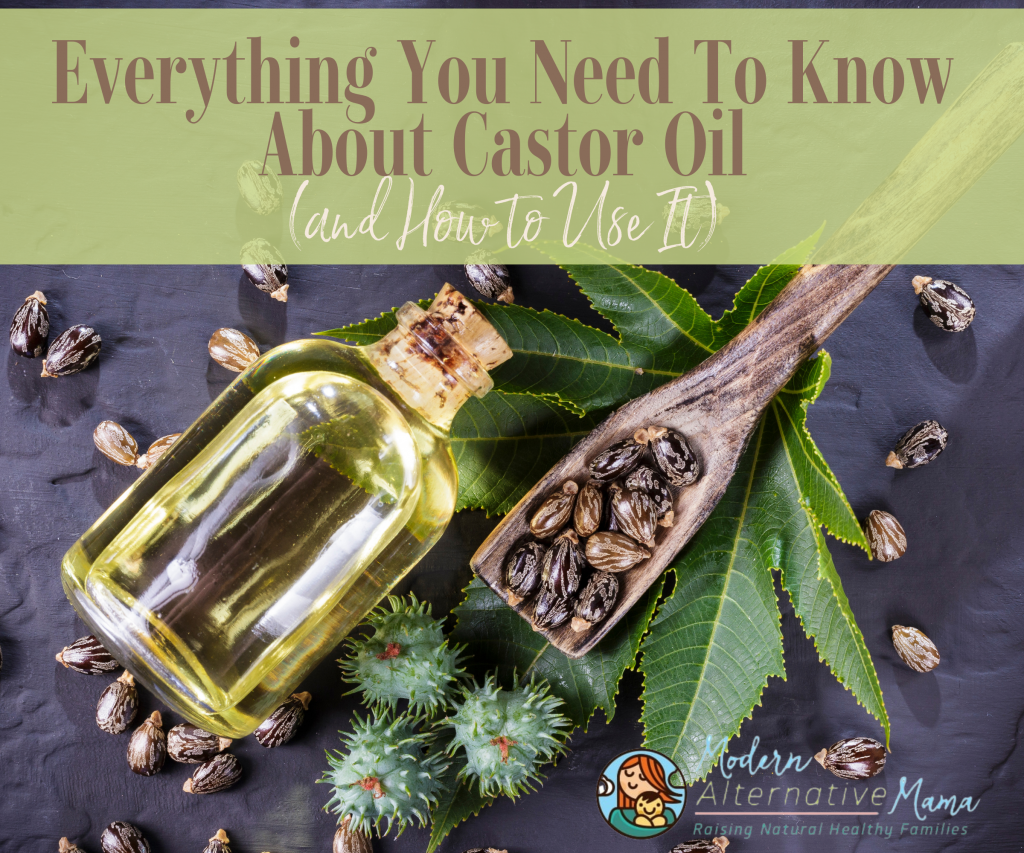
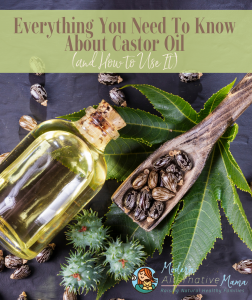
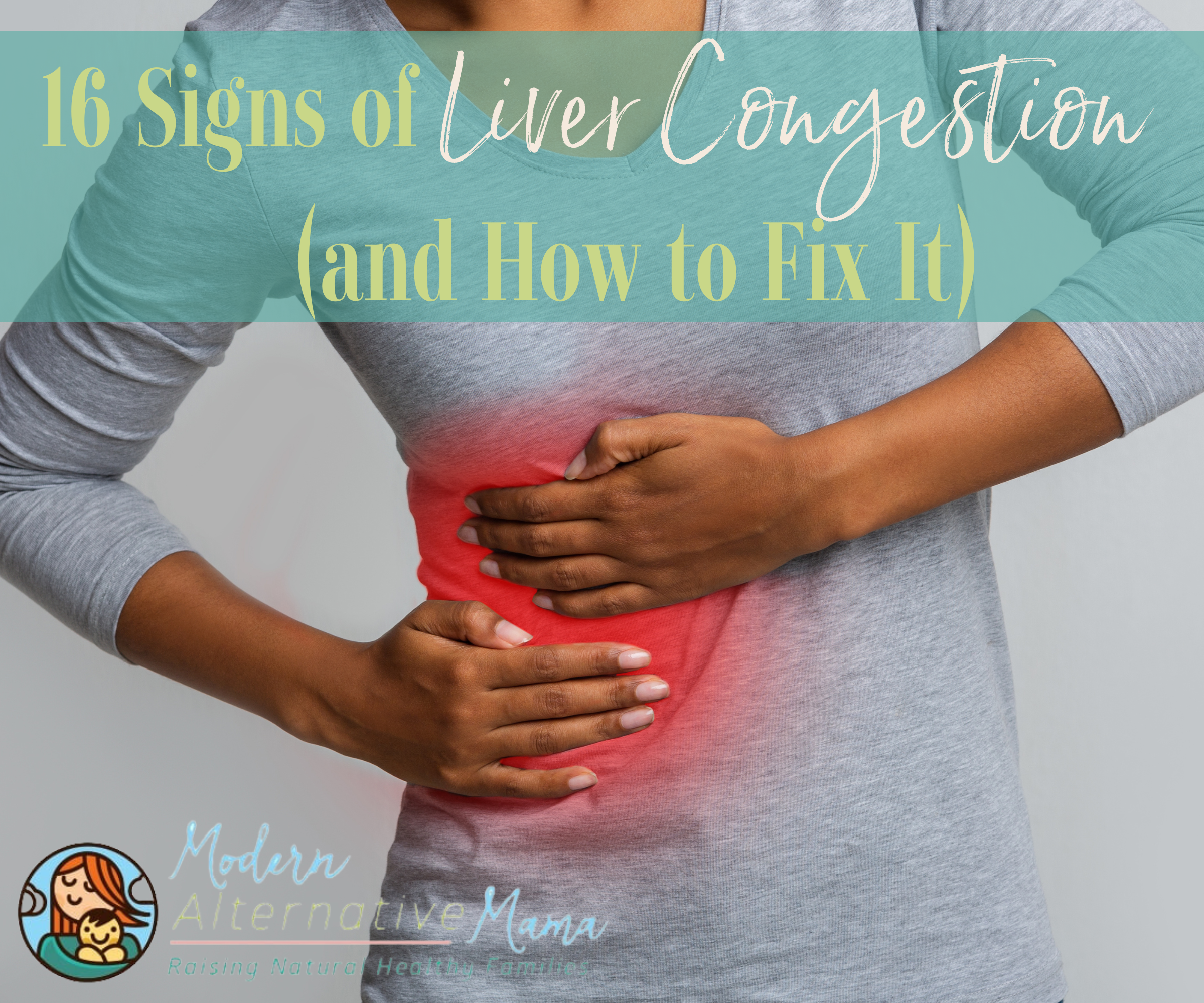
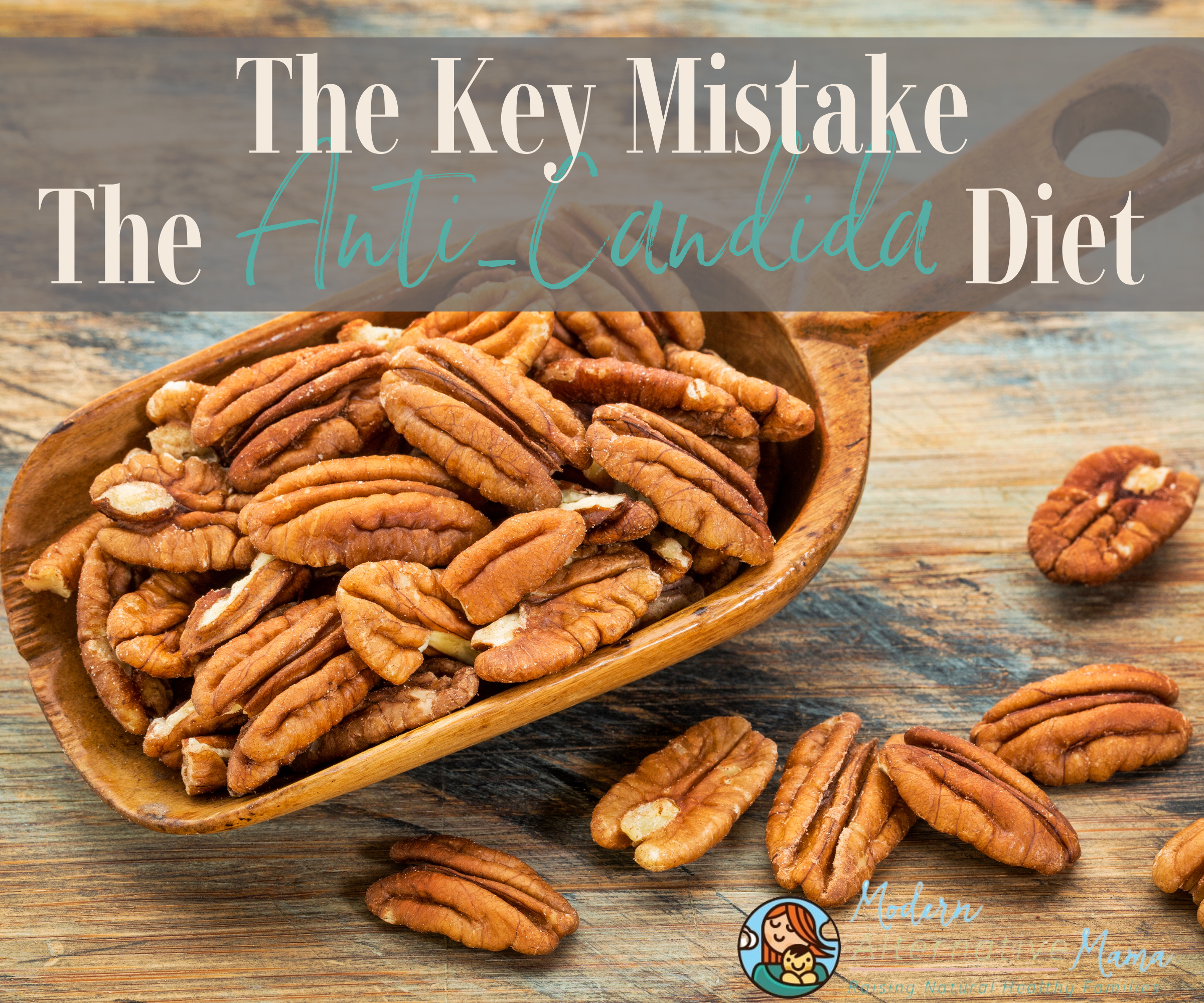
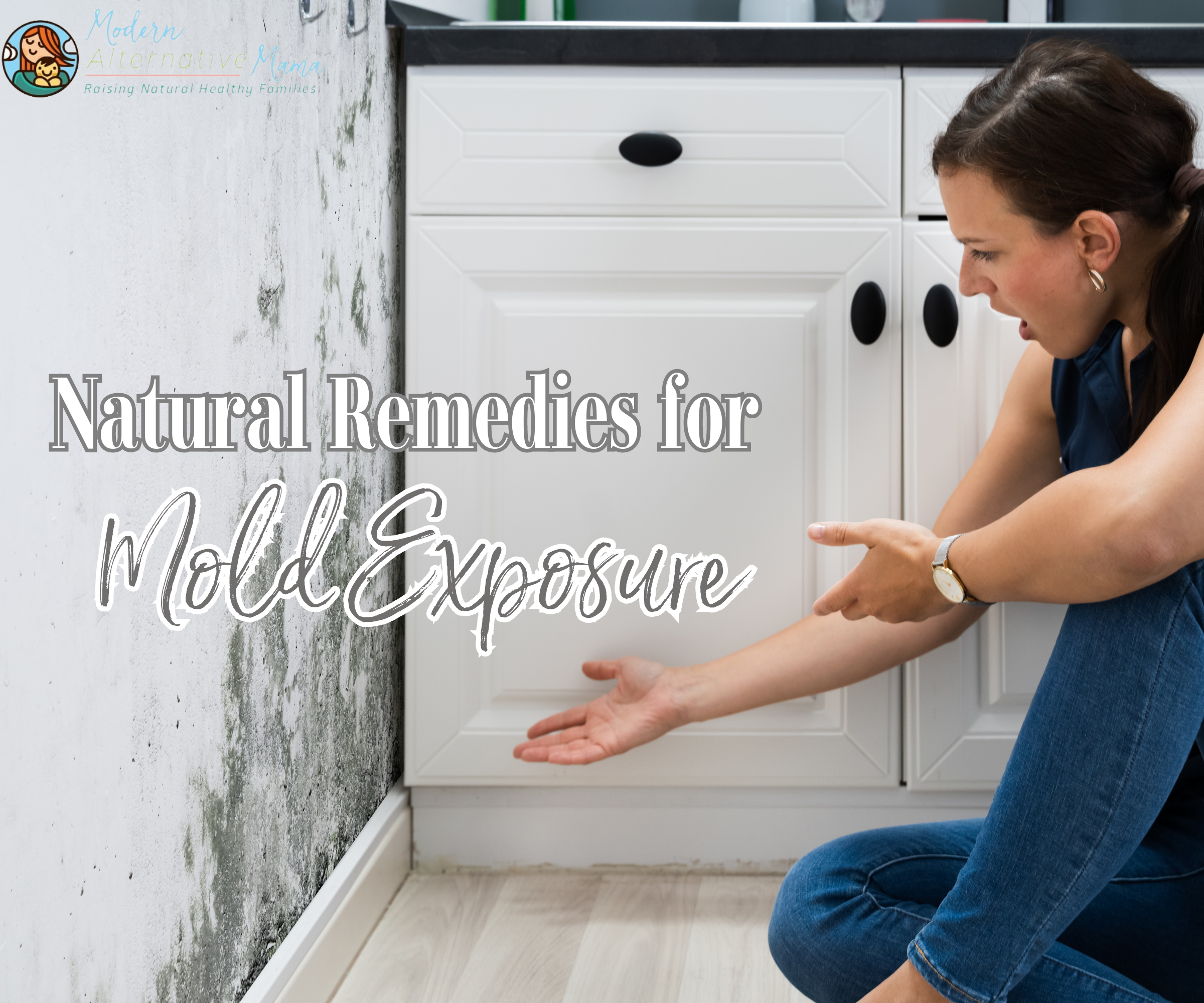

I love this article. In the email you said not to do a castor oil pack while on your period, but you didn’t say why. I would love to know. Thanks
If you use it over your lower abdomen it will hurt! I found that out the hard way. You could use it in other places, though, if needed (like over your liver).
I haven’t found any info anywhere if it’s safe for pregnancy to put over the liver. Thoughts?
In the first part of the blog you mention COP for joint inflammation- where would you put it for that? Also, for headaches and migraines? Thanks for breaking this down, making it way less intimidating!
Great info! Is it safe to use while breastfeeding?
There isn’t really any hard data to say yes or no to that (which often indicates not a lot of negative has occurred to be reported or researched further). It is generally considered safe though in the natural community. Some women find it reduces their milk flow, and some women (as well as some studies) find it can increase milk flow. Personally, I used it while breastfeeding, but didn’t apply it where my little one would get it on his skin or in his mouth (I figured he filled his diapers well without the help of the laxative lol). You can find the studies about helping milk flow (galactagogues here: https://www.ncbi.nlm.nih.gov/books/NBK501875). I used Earthley’s Warm Formula since the Cool option has peppermint which can reduce milk flow as well (in some women). https://earthley.com/product/castor-oil-pack/
Can you use a castor oil pack on testicular cysts/stones? Also, would this help an underactive thyroid?
Hello Mariette 🙂 It does have anti-inflammatory and analgesic properties that may help with discomfort and increasing lymphatic flow around the cyst. It has been used traditionally by some for kidney stones and underactive thyroids.
How would you use this for kidney stones?
A castor pack over the kidney area may help. Other ideas to try are upping calcium, magnesium, citrus fruits, potassium, fiber, and fluid intake. Just be sure to limit oxalate heavy foods like spinach and kale. I hope you have been feeling some relief from these and they passed easily!
Can I used it on breast for fibroids?
Left side for ulcerative colitis? Bad Liver and kidneys?
Is there a reason not to use this? Please reply, I would love to use this. Have alot of issues
Castor oil can be used on the breasts and those areas mentioned. If you are pregnant, you will want to refrain from using on your abdomen. During the bleeding part of your cycle, avoid using over your uterus to prevent cramping from the castor oil. Castor oil packs are great for liver support.
I have hasimoto and hypothyroid can I use this on my throid?
Castor oil packs can be used on thyroids and may help. Also, supporting the liver with castor oil packs may ease stress and help the thyroid also.
Hi,
Thanks for all the well researched information you provide! I had a lumpectomy a few years ago which has caused swelling in my upper right arm. I’m wondering if a castor oil pack would help reduce the swelling.
Castor oil can be a great help for reducing swelling. What I like to do is a lymphatic massage to open up the area’s fluid flow, then a castor oil pack for 40 mins with heat, and then follow it up again with another lymphatic massage there. Right after surgery, it would be important to wait a couple of weeks at least for healing. But years later, getting a good flow will be very helpful! Here are some instructions on how to do the lymphatic massage (with focus on the clavicle, neck, arm, and upper chest area after the castor pack): https://modernalternativemama.com/diy-lymphatic-massage/
Is castor oil safe to place on your eyes ?
Thank you, Samantha, for this great question. Yes, plain castor oil is safe to use; just ensure you use pure castor oil with no added herbs, preservatives, or other ingredients, as they may cause irritation/burning. I hope this helps. 🙂
I have a cyst on the underside of my wrist. Would castor oil help with this too?
Hello Kevin, and thank you so much for this question. Castor oil could work for a cyst on the wrist. Another option could be a calendula soak (it has antibacterial and antiviral properties). I hope this helps. 🙂